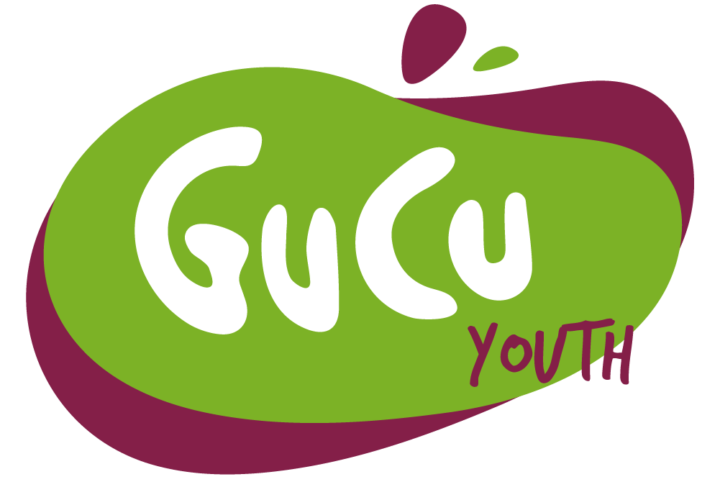Pros
- Handles All Food Waste: Bokashi can compost meat, dairy, and cooked food, which traditional composting methods can’t handle.
- Compact and Odourless: Ideal for small spaces and indoors, it produces little to no odour when done correctly.
- Fast Process: Bokashi fermentation takes only a few weeks, compared to months for traditional composting.
- Nutrient-Rich: The fermented material (pre-compost) and the “Bokashi tea” by-product are rich in nutrients and beneficial microorganisms, enhancing soil health.
- Reduces Landfill Waste: Diverts food waste from landfills, reducing greenhouse gas emissions.
Cons
- Requires Special Equipment: Bokashi buckets and bran are needed, though they can be reused.
- Two-Step Process: The fermented material needs further composting or burying before use.
- Not for Yard Waste: Bokashi is primarily for food scraps, not for large amounts of yard waste.
- Potential for Odour: If not managed correctly, the process can produce unpleasant smells.
Implementing Bokashi Composting (Educational Approach)
Introduction and Hands-On Learning
- Explain the Basics: Introduce the concept of composting, its benefits, and the difference between Bokashi and traditional methods.
- Show the Equipment: Demonstrate the Bokashi bucket, bran, and how they work together.
- Start the Process: Have the young people collect food scraps and layer them with bran in the bucket.
- Monitor and Observe: Regularly check the bucket, drain the “tea”, and discuss the fermentation process.
Connecting to the Farm Ecosystem
- Complete the Composting: After a few weeks, bury the fermented material in a designated area of the farm or add it to a traditional compost pile.
- Use the “Tea”: Dilute the Bokashi tea and use it to fertilise plants or crops on the farm.
- Observe the Impact: Track the growth and health of plants that receive Bokashi compost/tea compared to those that don’t.
Educational Activities
- Science Experiments: Test the pH of Bokashi tea, compare decomposition rates, and explore the microorganisms involved.
- Creative Projects: Design posters or presentations about Bokashi composting or build worm farms to further compost the fermented material.
- Field Trips: Visit other farms or composting facilities to learn about different methods and their applications.
Empowerment and Responsibility
- Assign Roles: Let young people take turns managing the Bokashi bucket, collecting scraps, and applying the compost/tea.
- Encourage Problem-Solving: Discuss challenges (e.g., odour control) and brainstorm solutions together.
- Celebrate Success: Highlight the positive impact of their efforts on the farm and the environment.
Key Benefits
- Hands-on Learning: Experiencing the process fosters a deeper understanding of composting and its role in sustainable farming.
- Environmental Awareness: They witness how food waste can be transformed into a valuable resource, reducing waste and helping the planet.
- Science Skills: Observation, experimentation, and data collection are integral to the process.
- Teamwork and Responsibility: They learn to work together, share tasks, and take ownership of the project.
- Empowerment: Seeing their efforts yield tangible results boosts their confidence and inspires them to make a positive impact.
By implementing Bokashi composting in an engaging and educational way, young people on the farm can gain valuable knowledge, skills, and a sense of environmental stewardship.
Discover more from Youth Work in Cornwall
Subscribe to get the latest posts sent to your email.


Leave a Reply